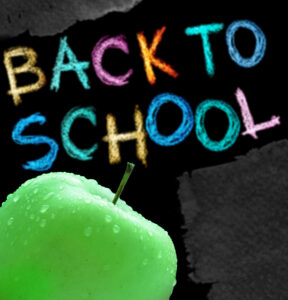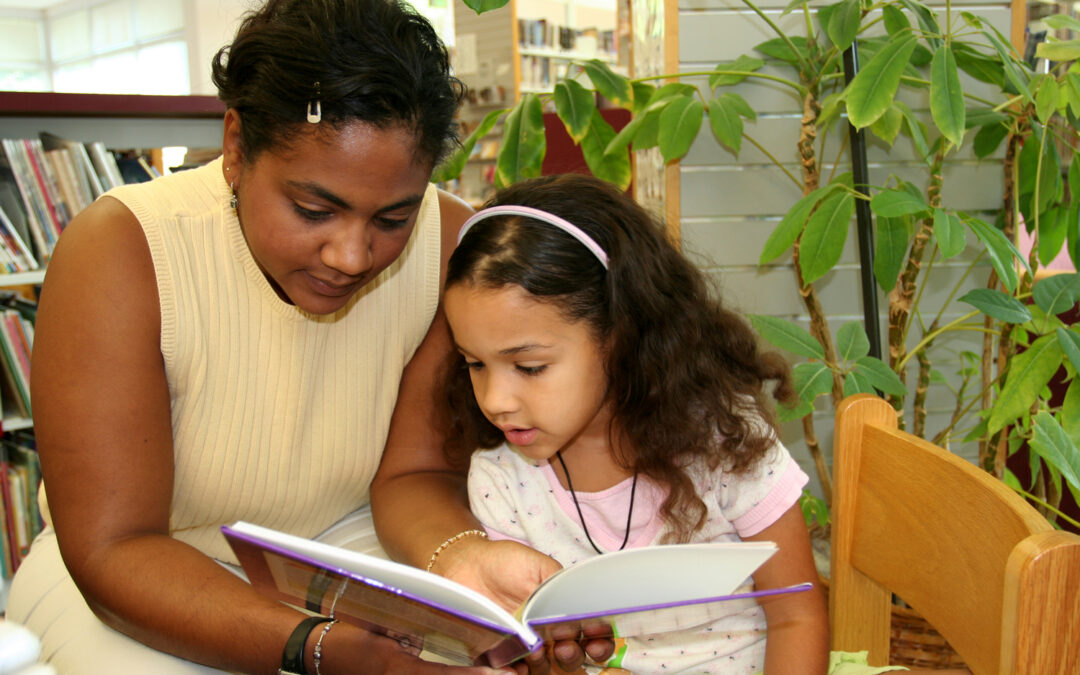 Many schools are starting in the following 1-2 weeks. Many children, especially children who are seen for Occupational Therapy, have difficulties with changes in routine, transitions, and sleep disturbances. Here are some strategies to start implementing NOW to reduce the risk of tantrums and improve the transition into school (especially for little ones who have never attended school before).
Many schools are starting in the following 1-2 weeks. Many children, especially children who are seen for Occupational Therapy, have difficulties with changes in routine, transitions, and sleep disturbances. Here are some strategies to start implementing NOW to reduce the risk of tantrums and improve the transition into school (especially for little ones who have never attended school before).
1) Begin using the school-year bed time and routine 2 weeks prior to school starting. According to the National Sleep Foundation, children under age 5 need 11-13 hours of sleep each night (not including naps) while children ages 6-12 require 10-11 hours of sleep.
-
- Reduce electronics (TV, iPad, video games) 2 hours prior to bedtime
- Removed all electronics from the bedroom
- Try using “black out” curtains since the sun is still up longer hours
- Eliminate caffeine, food dyes and sugar 2 hours prior to bedtime
- Be consistent and firm with bedtime routines
- Ask your therapist for more sensory-based bedtime strategies for calming/regulation skills.
2) Also begin the morning routine including wake up time, dressing, packing the lunch or backpack and eating breakfast. This will allow for the parent to recognize how much time is actually required to decrease rushing and additional stress.
-
- For children who cannot read, use a picture schedule of their routine. Be very clear with the order of pictures. For example, your child may need a routine for the sequence of dressing to keep posted on his closet (i.e: undies, pants, shirt, socks, shoes) and another routine for hygiene posted on the bathroom mirror (i.e.: brush teeth, wash face, comb hair, etc.). For more information on using picture schedules: www.do2learn.com/picturecards
- Older children (readers) can use a written schedule or checklist which is more complex. Older children can also start practicing using an alarm clock and time management to estimate how much time they need for each activity.
- Do not allow TV, video games, or play time until after all of the necessary activities have been completed. Many children get “stuck” in play immediately after waking up and then melt down when asked to get ready for school and leave the television/toys.
3) Many children benefit from the use of social stories to improve transitions and behaviors while reducing anxiety from the unknown. Social stories should be very specific with correct names, pictures/drawing, etc. They should be simple and easy to follow.
-
- Parent may write the story while answering child’s questions and worries
- Child may draw the pictures or embellish on the main themes
- Focus on the positive behaviors you are seeking.
- Be clear and concise.
- For example, a child with difficulties separating from his parent: “Jack will go to school next Monday. His teacher is Miss Amanda. Mommy will drop him off at the door and give him a hug. Jack will have his backpack and will walk into his classroom all by himself! It’s okay to feel “worried” but he will feel “happy” to see his friend Marcus. Jack will make good choices and use his listening ears. He will make new friends. Jack will see Mommy at 3:00 when school is over for the day.”
Amanda Masters, MS, OTR/L

